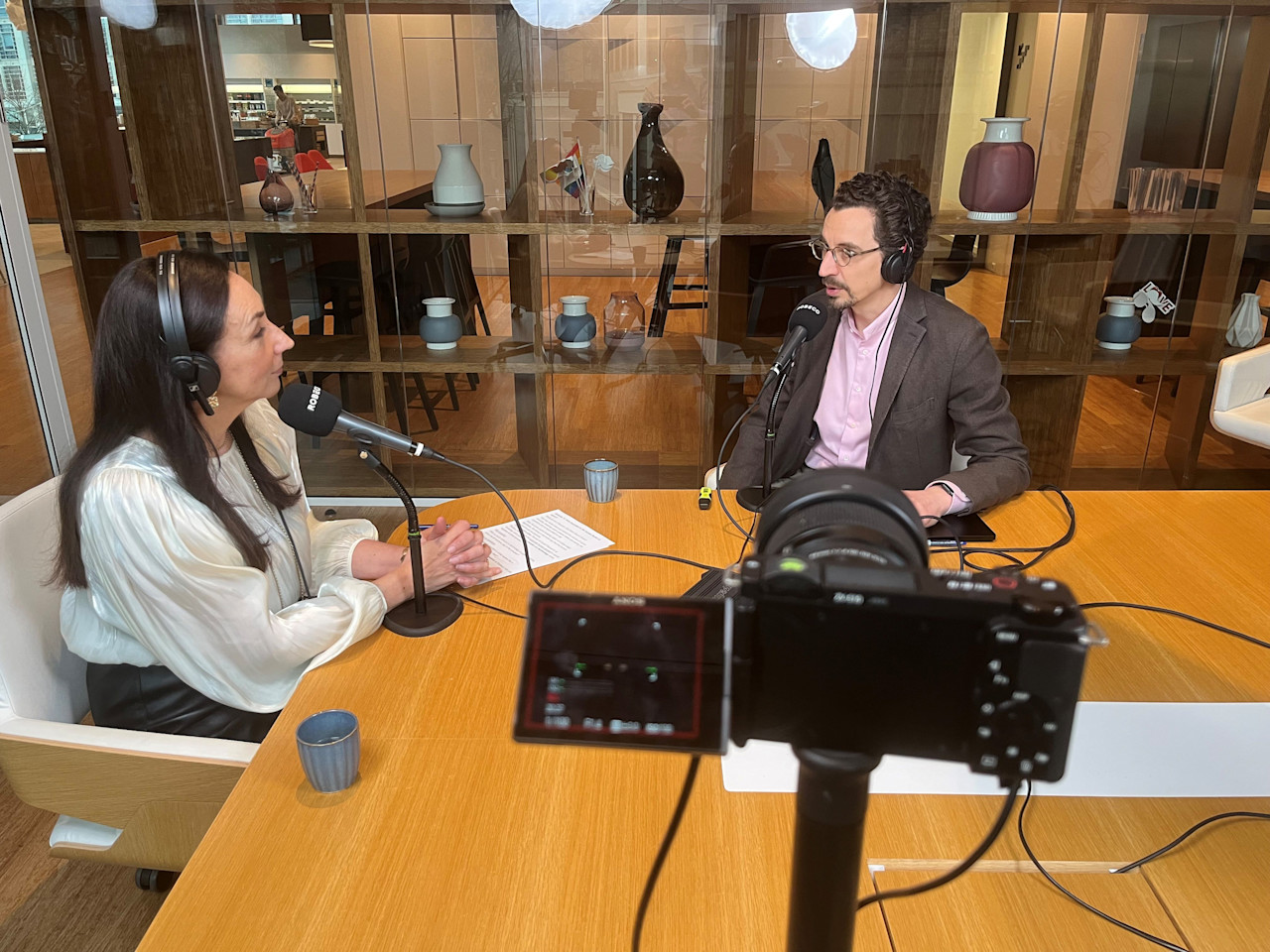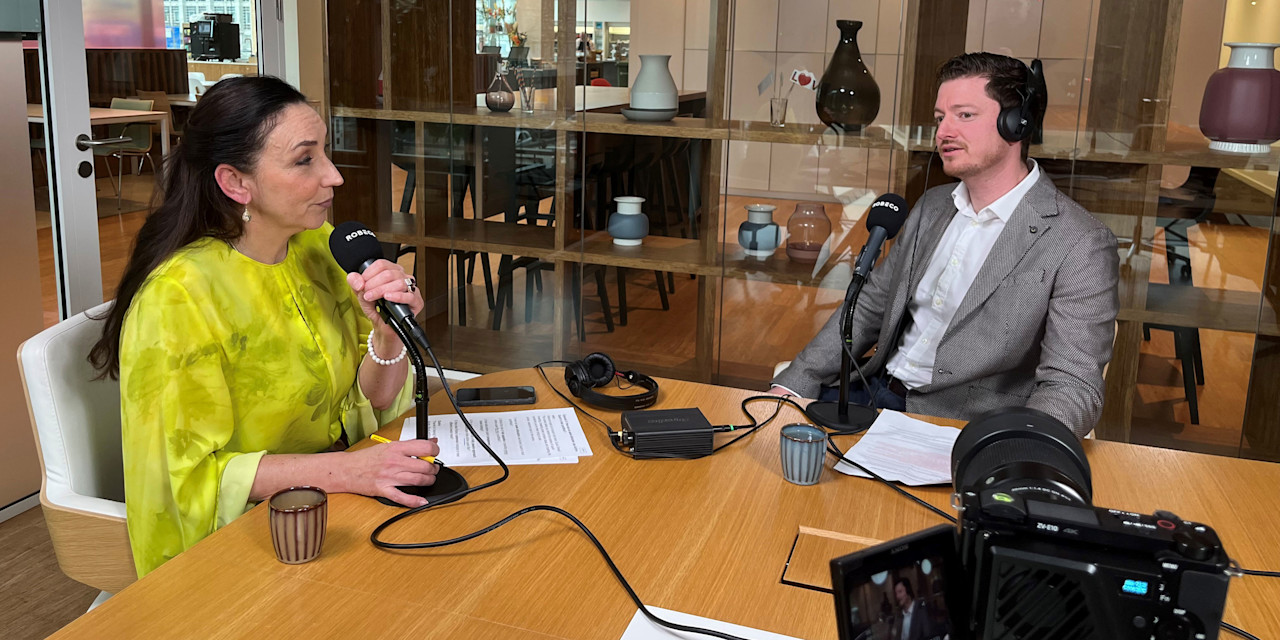

Fama-French 5-factor model: five major concerns
Is the Fama-French 5-factor model really the ultimate tool for analyzing stock returns, or does it fall short?
まとめ
- Why low volatility and momentum aren't included
- Concerns about the robustness of new factors
- The unanswered questions that still linger
In 2015, Nobel laureate Eugene Fama and researcher Kenneth French expanded their iconic 3-factor model to include profitability and investment factors, creating a new 5-factor model. Yet, despite this upgrade, it fails to address some critical gaps, especially regarding low volatility and momentum, sparking debate in the financial world.
In a research paper recently published in the Journal of Portfolio Management, Robeco’s David Blitz, Matthias Hanauer, Milan Vidojevic and Pim van Vliet, highlight five major concerns. In the article they point to a number of shortcomings, in particular concerning the low volatility and the momentum effects, as well as robustness issues.
Back in 1993, Fama and French argued that the size and value factors capture a dimension of systematic risk that is not captured by market beta in the Capital Asset Pricing Model (CAPM). By extending the CAPM, they developed the influential 3-factor model. The size effect describes how small-cap stocks yield higher returns than their large-cap counterparts, while the value effect demonstrates the superior performance of stocks with a low price-to-book ratio compared to those with a high price to book.
Over the past two decades, this 3-factor model has shaped asset pricing studies, which often look at both 1-factor and 3-factor alphas. However, as evidence mounted that these three factors failed to explain the cross-section of stock returns sufficiently, Fama and French expanded the model in 2015 by additing two new factors: profitability (stocks of companies with a high operating profitability perform better) and investment (stocks of companies with high total asset growth have below average returns). Both new factors are concrete examples of what are popularly known as quality factors.
Missing low volatility and momentum
This 5-factor model is likely to become the new standard in asset pricing studies, which significantly raises the bar for new anomalies. However, it still fails to address important questions left unanswered by the 3-factor model and raises a number of new concerns.
The first issue is that, just like its predecessor, the 5-factor model retains the CAPM assumption that higher market beta should equate to higher expected returns. This contradicts the well-documented low-volatility anomaly, which demonstrates that low-beta stocks can achieve superior returns, all else being equal. Despite substantial research, Fama and French insist that this anomaly is accounted for in the 5-factor model, though they have yet to present direct evidence showing higher beta exposure is rewarded with higher returns.
A second concern is that the model still overlooks the momentum premium, just as the 3-factor model did. Momentum is a critical factor that cannot be ignored, as demonstrated by numerous studies that continue to use 4-factor alphas, incorporating the momentum factor. As a result, many researchers believe it is necessary to add momentum to the 5-factor model, effectively creating a 6-factor model.
Robustness issues and questionable definitions
The robustness of the two new factors is a third concern. It is particularly surprising that the investment factor is defined as asset growth, which Fama and French themselves deemed a ‘less robust’ phenomenon, back in 2008. More specifically, the 5-factor model fails to explain a number of variables that are closely related to the two newly selected ones. There is also lingering uncertainty overwhether the two new factors were effective before 1963 or evident in other asset classes, while for other factors such as value and momentum this is known to be the case.
Economic rationale?
A fourth concern is the economic rationale behind the new model. Fama and French initially justified the addition of the size and value factors by arguing that these could be seen as priced risk factors, implying that they might capture the risk of financial distress. Since then, however, studies have shown that the direct relationship between distress risk and return is actually negative. This is consistent with the existence of a low-risk premium.
When it comes to the new profitability and investment factors, Fama and French don’t even attempt to claim they are risk factors. Instead, they argue that these factors imply expected returns, using a rewritten dividend discount model. This explanation leaves open questions about whether higher expected returns for high-profitability, low-investment firms result from higher distress risk or are merely instances of market mispricing.
Unresolved asset pricing debates
Finally, despite the updates, the 5-factor model is unlikely to resolve ongoing debates in asset pricing. Competing alternative models have actually already been proposed.
クオンツ運用の価値を探求
最先端クオンツ戦略の情報やインサイトを定期的にお届けします。
重要事項
当資料は情報提供を目的として、Robeco Institutional Asset Management B.V.が作成した英文資料、もしくはその英文資料をロベコ・ジャパン株式会社が翻訳したものです。資料中の個別の金融商品の売買の勧誘や推奨等を目的とするものではありません。記載された情報は十分信頼できるものであると考えておりますが、その正確性、完全性を保証するものではありません。意見や見通しはあくまで作成日における弊社の判断に基づくものであり、今後予告なしに変更されることがあります。運用状況、市場動向、意見等は、過去の一時点あるいは過去の一定期間についてのものであり、過去の実績は将来の運用成果を保証または示唆するものではありません。また、記載された投資方針・戦略等は全ての投資家の皆様に適合するとは限りません。当資料は法律、税務、会計面での助言の提供を意図するものではありません。 ご契約に際しては、必要に応じ専門家にご相談の上、最終的なご判断はお客様ご自身でなさるようお願い致します。 運用を行う資産の評価額は、組入有価証券等の価格、金融市場の相場や金利等の変動、及び組入有価証券の発行体の財務状況による信用力等の影響を受けて変動します。また、外貨建資産に投資する場合は為替変動の影響も受けます。運用によって生じた損益は、全て投資家の皆様に帰属します。したがって投資元本や一定の運用成果が保証されているものではなく、投資元本を上回る損失を被ることがあります。弊社が行う金融商品取引業に係る手数料または報酬は、締結される契約の種類や契約資産額により異なるため、当資料において記載せず別途ご提示させて頂く場合があります。具体的な手数料または報酬の金額・計算方法につきましては弊社担当者へお問合せください。 当資料及び記載されている情報、商品に関する権利は弊社に帰属します。したがって、弊社の書面による同意なくしてその全部もしくは一部を複製またはその他の方法で配布することはご遠慮ください。 商号等: ロベコ・ジャパン株式会社 金融商品取引業者 関東財務局長(金商)第2780号 加入協会: 一般社団法人 日本投資顧問業協会





















